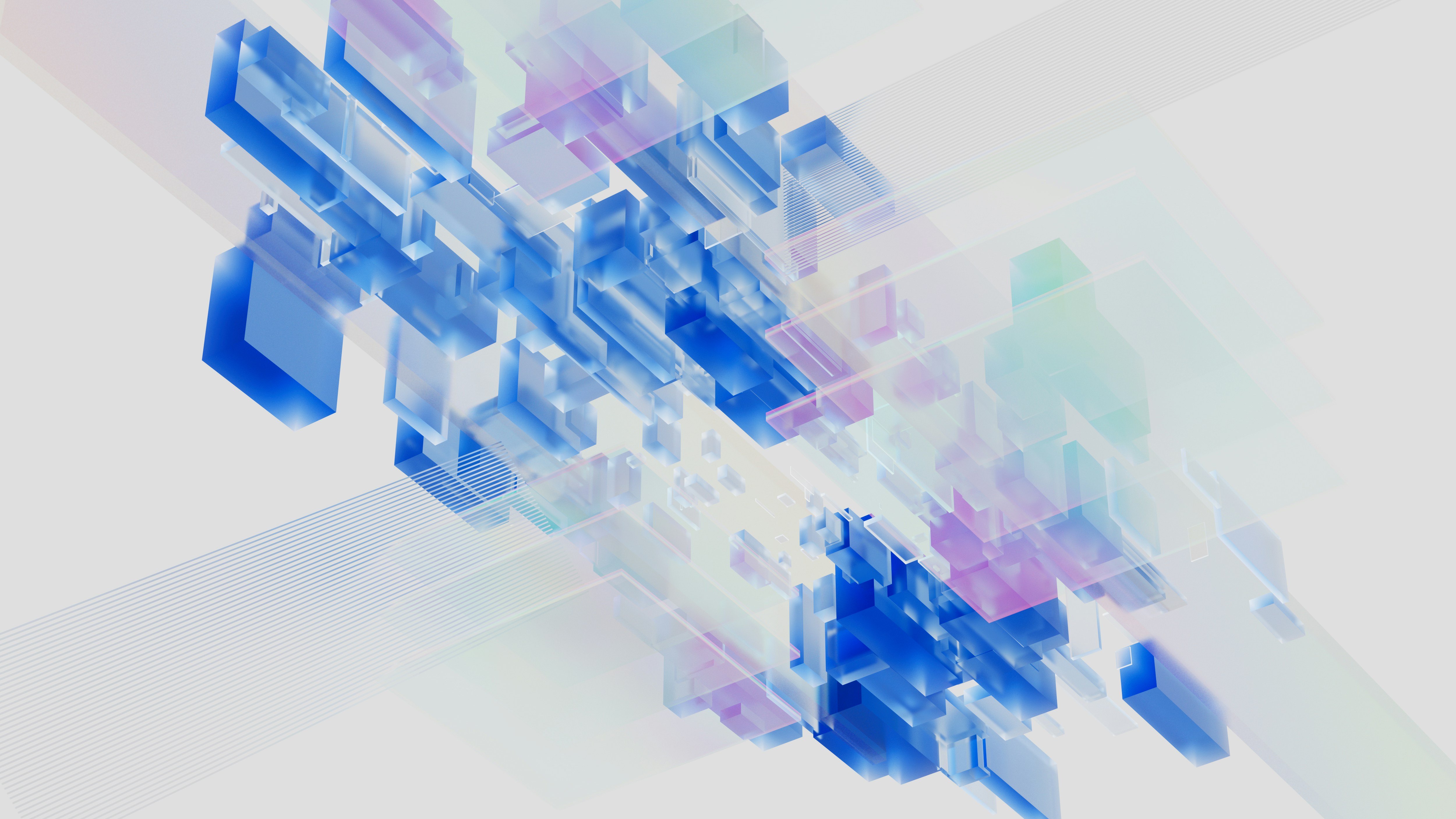The technology and innovation sector is by nature in constant evolution. It includes companies, research centers, incubators, deeptech startups, and engineering laboratories that shape future technological standards in critical areas: high-performance computing, robotics, cybersecurity, cloud, edge computing, blockchain, quantum computing, genomics, intelligent mobility, and more.
In this high-intensity scientific ecosystem, artificial intelligence occupies a central place, both as a fundamental technological building block, a methodological acceleration for research and development, and a vector for industrializing ideas. It enables the automation of design, simulation of complex scenarios, sorting of immense volumes of experimental data, and faster prototyping of new systems, services, or products.
Moreover, AI is becoming an infrastructure technology: it is not merely an object of innovation, but the cross-cutting engine of technological innovation across all scientific and industrial fields. Its early integration into technological value chains conditions the speed of market deployment, the robustness of developed systems, and the competitiveness of innovation ecosystems in an increasingly data-driven and predictive capability-focused world.
What NeuriaLabs brings to the technology and innovation sector
NeuriaLabs acts as a high-level technology partner to startups, R&D centers, innovation hubs, technology companies, and industrial consortia in applied research or product development.
We provide research teams, CTOs, systems architects, and innovation managers with advanced algorithmic, computational, and strategic capabilities, enabling them to integrate artificial intelligence from the earliest design phases or accelerate the transition of their prototypes into industrializable solutions.
We also engage in optimizing R&D chains, governance of scientific data, multi-scale modeling, detection of technological opportunities through semantic analysis, and the construction of intelligent, interoperable, and scalable technology platforms.
Our value lies in our ability to make AI a catalyst for structured, reproducible innovation with a significant technological impact.
Use cases in the technology and innovation sector
Artificial intelligence serves as a cross-cutting engine for acceleration in all segments of technological innovation:
• Automation of algorithmic prototyping: model generation, exploration of parametric combinations, automated construction of experimental pipelines, reduction of development time.
• Intelligent analysis of scientific literature and patents: automated extraction of knowledge from technical or legal corpuses, detection of gaps, mapping of the state of the art, multilingual technological monitoring.
• Optimization of complex systems' performance: automatic calibration of physical models, multi-scale simulations, dynamic adjustment of technical architectures.
• Prediction of system behaviors in unknown environments: augmented simulation by learning to test the robustness of solutions in unexplored contexts.
• Detection of weak signals in experimental data: automated analysis of very large sets of results (sensor data, laboratory tests, system logs) to identify regularities, breakpoints, or anomalies.
• Assistance for advanced software engineering: code generation, automated testing, bug or logical vulnerability detection in embedded or critical systems.
• Assisted design of hardware or biological components: generative modeling of materials, circuits, proteins, structures, using AI techniques like inverse design.
Solutions developed by NeuriaLabs for the technology and innovation sector
NeuriaLabs develops very high-level artificial intelligence solutions designed for demanding environments in terms of precision, performance, interoperability, and continuous innovation.
Among these are:
• Platforms for automating the R&D cycle: software suites integrating experimental data processing, supervised or unsupervised machine learning, intelligent visualization of results, and automatic generation of experimental hypotheses.
• Large-scale scientific reading and interpretation engines: semantic analysis tools leveraging publication, patent, and technical report databases, capable of producing syntheses, knowledge mappings, and signals of innovation.
• Hybrid simulators combining physical modeling and machine learning: multi-physics simulation tools coupled with AI optimization modules to accelerate numerical testing and automatically calibrate models.
• Assistants for designing algorithms or complex software: intelligent interfaces offering suggestions for structure, function, or testing in technical software environments (embedded systems, embedded AI, edge computing, etc.).
• Scientific data mining modules: engines for analyzing multi-source, multi-scale data to detect patterns, breakpoints, or significant correlations in experimental results, with contextual filtering mechanisms.
• Tools for generating technical or biological designs: AI-driven inverse design systems for developing materials, structures, molecules, or technical components with targeted properties.
• Testing and validation infrastructures augmented by AI: assisted simulation or testing environments enabling automatic evaluation of the performance, robustness, or safety of a technical system before its industrialization.
These solutions are designed to integrate into existing technological pipelines, to interact with standard sector software (CAD, LIMS, HPC, technical IDEs, etc.), and to operate in regulated or critical environments (ISO/IEC 27001, industrial standards, scientific or medical requirements).



